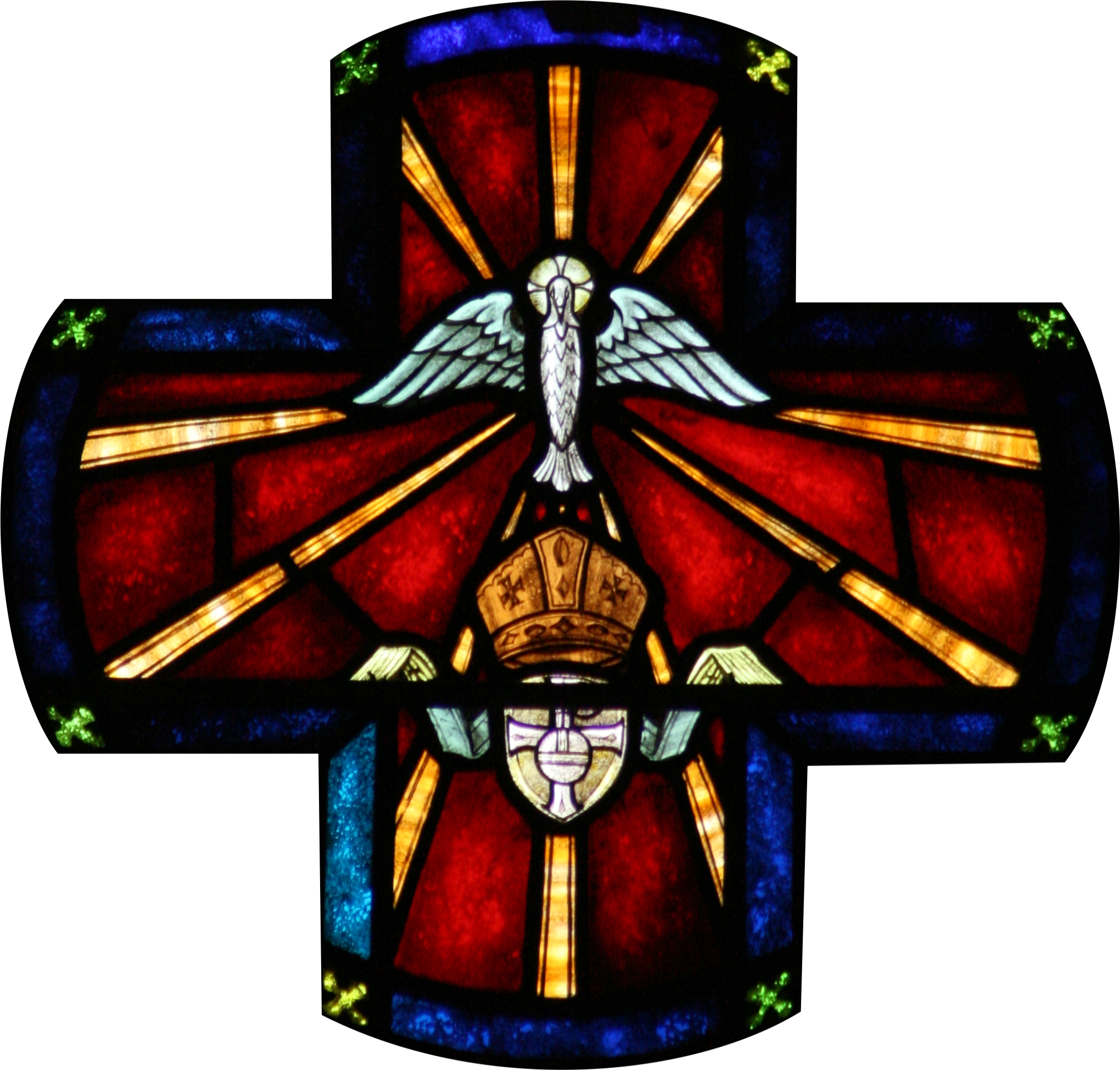By the Rev. Robert Blezard
Revised Common Lectionary reflection for Pentecost Sunday, Year B
May 19, 2024
Key verse: Suddenly from heaven there came a sound like the rush of a violent wind, and it filled the entire house where they were sitting. -Acts 2:6
Think of the depictions of the Holy Spirit that you have seen in church art – stained glass, paintings, illustrations in children’s bibles, tapestries, etc. How do artists characterize the Spirit? Typically, it’s a gentle dove peacefully fluttering down to earth or serenely soaring in the sky.
Now read Acts 2:1-21. Gentle? Peaceful? Serene? The Holy Spirit is about as subtle as a roaring tornado as it arrives among the disciples. All Heaven breaks loose! Tongues of flame appear and the language barrier is removed among the very diverse assembly. Everybody is giddy with surprise, awe and the indwelling of God’s Spirit. Bystanders think they’re drunk!
Pentecost Sunday is the day to remind everyone of the Holy Spirit’s many dimensions. Yes, it can float into our lives and congregations as gently and subtly as a dove, but it can also arrive with power and awe. However it arrives, the Holy Spirit shakes us up, wakes us up and leaves us transformed.
Mining this week’s lections, a preacher can find many nuggets to bejewel a nice sermon. Here are some of the ways the Holy Spirit moves among us.
Resolving conflict: Paul’s letters plainly reveal that conflict has always been part of Christianity. But no matter what the crisis, it’s for sure that the Holy Spirit can be called on to help us work towards resolution and reconciliation. Jesus said the Spirit will “guide you in all truth” (John 16:13). How often is it, however, that we handle conflict not by asking for guidance in truth, but guidance in victory?
Providing vision: Did your pastor and church leadership team suddenly arrive on new ideas and plans that are invigorating the church with energy and inspiration? The Holy Spirit has been at work! Acts 2:17 declares that “Your daughters shall prophesy, and your young men shall see visions, and your old men shall dream dreams.” What prophecies, dreams and visions are evident in your congregation? Do we even pray for prophecies, dreams and visions?
Instilling hope and life: If your congregation is struggling (as many are), or your people despairing about the decline of the church in our culture, you can take hope in Ezekiel’s vision (37:1-14). In the Valley of Dry Bones, the Holy Spirit revives and invigorates what appears to be the very essence of death itself. What “dry bones” in your congregation need the Holy Spirit to revive. Or in you?
Nurturing communication: Conflict and misunderstandings often happen because people don’t listen, or they just don’t understand what the other person is saying. This was NOT the problem in Acts 2:4-11, when gathering of people of different languages miraculously understood each other.
Praying for you: Finally, no matter what problems your congregation is faces or your congregants are facing in their personal lives, you can be sure that the Holy Spirit is there. Are your congregants and people feeling hopeless? Paul says, “The Spirit helps us in our weakness; for we do not know how to pray as we ought, but that very Spirit intercedes with sighs too deep for words” (Romans 8:26), adding (v. 27b), “The spirit intercedes for the saints according to the will of God.
With such a powerful ally in our spiritual struggles, you’d think more congregations and people would count the Holy Spirit as their Number One resource. As stewards of our congregations and our lives, we typically take note of the assets we bring in any situation. Yet many of us overlook the Holy Spirit and rely instead on money, status, fighting ability, intelligence, cunning or allies.
Readings for Pentecost Sunday, Year B, offer the perfect chance to remind congregants that the Holy Spirit is with us always, helping us in ways that are as gentle as a dove or thunderous as a tornado.
In worship
Using an internet search, find and share non-copyrighted artists’ depictions of the Holy Spirit. Share them on a projector screen (if your congregation uses one) and large photocopies displayed around the sanctuary. As applicable, reference them in your sermon. Invite congregants prayerfully to look at the images and meditate on how the Holy Spirit can be with them.
With youth
In Martin Luther’s “Small Catechism,” examine his explanation of the Third Article of the Apostle’s Creed. (It can be found on page 1162 of the hymnal Evangelical Lutheran Worship or freely available online.) In it, Luther ascribes a number of roles that the Holy Spirit plays in our personal lives, our congregation, as well as the Christian church. Explore these roles. Invite youth to share how they have witnessed or experienced the Holy Spirit at work in those ways.
With children
In a children’s message, ask them what they notice different about church this Sunday. In most churches, it will be the red paraments on the pulpit, altar and ambo. Pentecost is the only Sunday of the Liturgical year when red paraments are called for (although some churches use them if they celebrate Reformation Sunday in the fall). You can point out that red is an energetic color, reminiscent of fire. Explain that the red paraments remind us that when the Holy Spirit came to the first disciples, it arrived with great energy and fire. The Holy Spirit still is with us to give us energy and light.
Previous reflections for Pentecost, Year B
2021 – An open letter to the North American church
2018 – Holy chaos!
2015 – Come Holy Spirit! Really!
2012 – Love spoken here




Leave a Reply